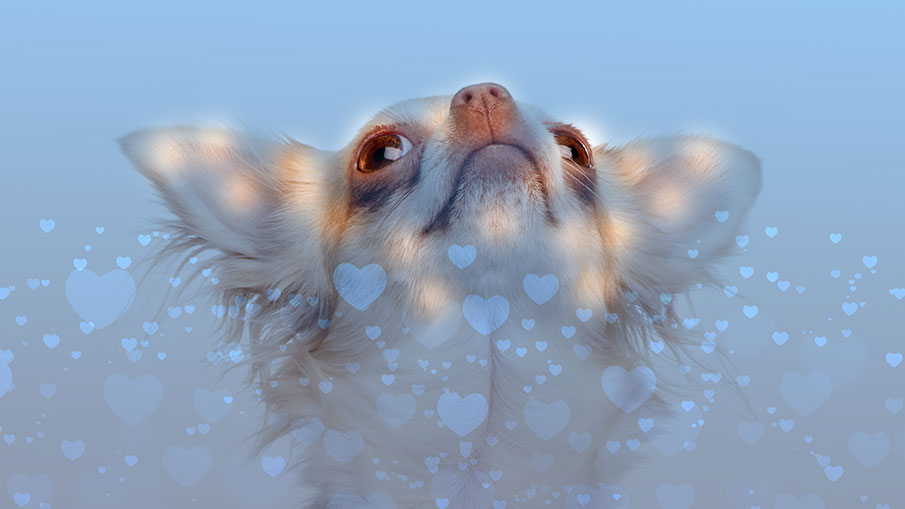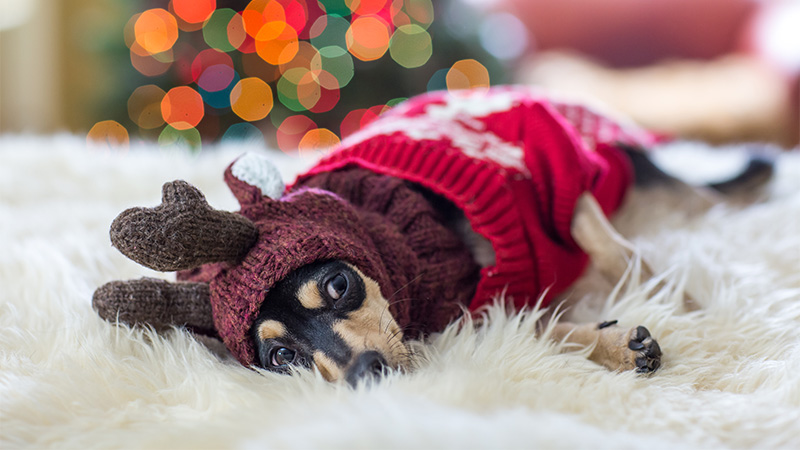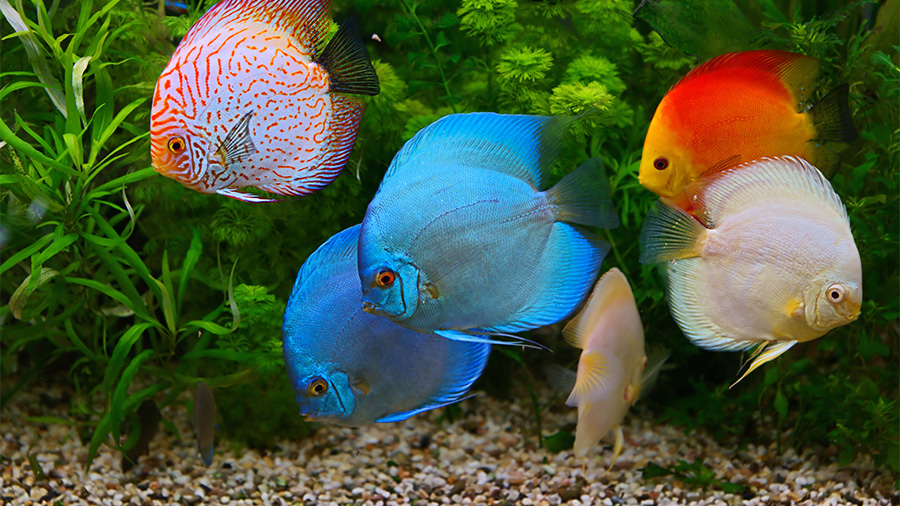Dos and Don’ts for a Healthy Spring
April showers and May flowers aren’t the only signs of spring. There are also baby birds and hot dogs. Every spring the University of Illinois College of Veterinary Medicine issues reminders about how to manage these animal signs of spring for the best outcomes.
First, the wildlife babies.
The tragic fact is that every spring, wildlife babies are taken from their parents by well-meaning people who believe the animals have been abandoned. While the impulse to help these “orphans” is admirable, wild babies rarely need human assistance.
Here are some of the reasons that the wildlife baby you see on its own is not necessarily orphaned. First, some species, such as turtles, do not need parental care to survive. Secondly, species that are commonly hunted as prey—think deer and rabbits—use a parenting strategy in which the mothers leave the babies on their own for hours at a time, sometimes even for the whole day, to avoid drawing predators’ attention to their young.
In addition, wildlife parents often hide when humans are around. So while the parents may not be visible, it is best to assume a baby wild animal is being cared for unless there is evidence that its parents have been killed or that it is not thriving.
What are some indications that the wild baby may need help?
If a baby is crying or making lots of noise, it might be orphaned. Healthy wildlife babies that are waiting for mom to come back are quiet so predators do not find them.
Seeing insects on a baby is a good clue that it is orphaned. If mom is taking care of the baby, she will keep insects away.
If babies go too long without eating, they get cold and dehydrated. Cold babies and those with wrinkled skin (a sign of dehydration) probably have not been fed and are most likely orphaned.
Injured wildlife babies need human help even if mom is around. They should be rescued. The University of Illinois Wildlife Medical Clinic is here to care for injured wildlife of any age. (Visit us at vetmed.illinois.edu/wildlife.) Licensed wildlife rehabilitators are the best resource for otherwise-healthy babies that have truly lost their parents.
People can help wild babies in a few ways, though. If you notice a baby bird that has fallen from its nest, do scoop it up and replace it. It is also helpful to keep your family’s predators—i.e., dogs and cats—indoors or away from nests of rabbits and other ground-based babies.
Above all, what not to do is to attempt to raise a wildlife orphan. Not only are you ill-equipped to provide the proper diet and to teach the baby how to survive on its own, but that baby just might carry a disease that is harmful to people. Contact with wildlife is not advisable. What’s more, state and federal laws make it illegal to raise wildlife.
Now the hot dogs.
As the temperatures rise each spring, so do the cases of heat stroke in dogs. Many heat strokes happen in early spring on a warm day, when owners take their previously inactive pet on a run.
Heat stroke is a serious, sometimes fatal, condition that involves significant damage to organ systems, such as the liver, blood, and bone marrow. It requires immediate medical attention.
The best way to avoid this is to acclimate your dogs to the increasing heat before engaging them in strenuous exercise. For example, take them on a walk on the first warm days rather than going for a run.
Watch for early signs of being overheated, also known as heat exhaustion. Notice if your dogs frequently slow down, pant a lot, or simply stop running, if they are on a run.
If you suspect your dog is experiencing heat stroke, your first step should be to cool the dog down with cool water. Ideally, place a fan near the wet dog to accelerate the cooling. Then call your veterinarian.
Remember, dogs don’t sweat like people do. They use panting to cool themselves, so dogs that have trouble breathing are going to be more susceptible to heat stroke. Dogs that are obese and dogs that have flat faces, such as boxers and bulldogs, are at higher risk of heat stroke.
Even after your pet is accustomed to summer heat, avoid exercise during the hottest times of the day, offer plenty of breaks, and be on the lookout for signs of fatigue or illness.
Image by Corrie Miracle from Pixabay

![[baby bird in grass]](https://vetmed.illinois.edu/wp-content/uploads/2021/04/pc-spring-bird.jpg)


